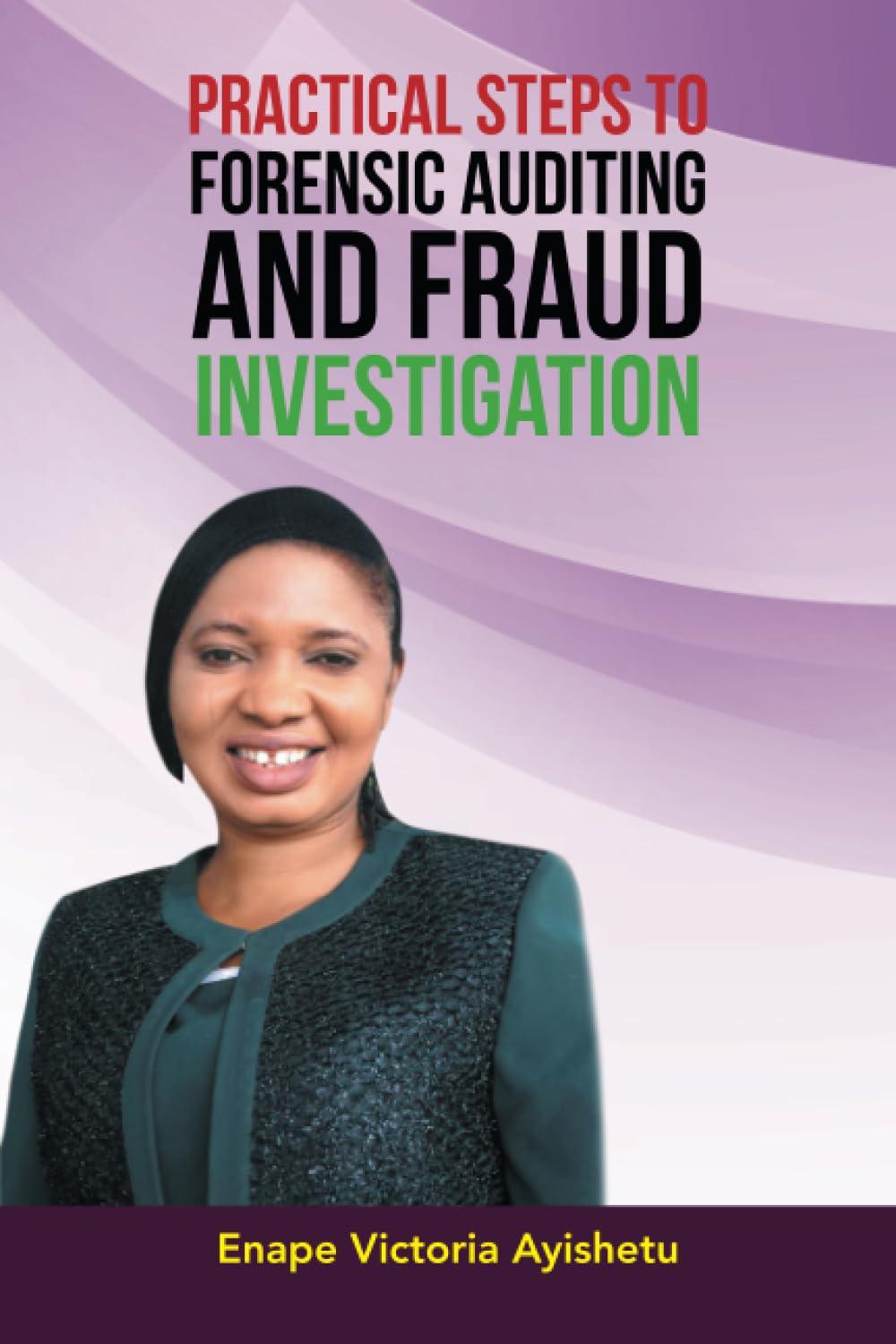Question
Problem 1. Annual cash inflows that will arise from an investment are given below. Year 1: 5,000 Year 2: 4,000 Year 3: 8,000 Year 4:
Problem 1.
Annual cash inflows that will arise from an investment are given below.
Year 1: 5,000
Year 2: 4,000
Year 3: 8,000
Year 4: 6,000
Total $23,000
Compute the present value of the cash inflows assuming a 12% discount rate.
Problem 2.
Lennox Company plans to construct a new factory 10 years from now. It is estimated the factory
will cost $1,000,000 to build. What lump sum amount should the company invest now to have
$1,000,000 available at the end of the 10-year period? Assume that the company can invest
money at 12%.
Problem 3.
Congratulations! Youve won the lottery. Your winnings? You will receive $20,000 annually
for 10 years! Assuming you can earn 10% on your investments, what is the present value of
your winnings?
Problem 4.
You borrow $10,000 from the bank today and promise equal annual repayments for 10 years.
Assuming a 6% interest rate, how much is each annual repayment?
HINT: This problem is a riff off of Exercise 13A-5 and Exercise 13A-6 on page 626 in the book.
Those were your practice exercises. Here is the solution to Exercise 13A-5 again:
Payment Amount * factor from Exhibit 13B-2 = Present Value
(16%, 8)
7,000 * 4.344 = $30,408
In this problem, the difference is you know the Present Value and you can look up the Factor.
You will be using your mad algebra skills to solve for the Payment Amount. So plug in the
known amounts to the formula above....and solve for Payment Amount. Give it a try!
Step by Step Solution
There are 3 Steps involved in it
Step: 1

Get Instant Access to Expert-Tailored Solutions
See step-by-step solutions with expert insights and AI powered tools for academic success
Step: 2

Step: 3

Ace Your Homework with AI
Get the answers you need in no time with our AI-driven, step-by-step assistance
Get Started


